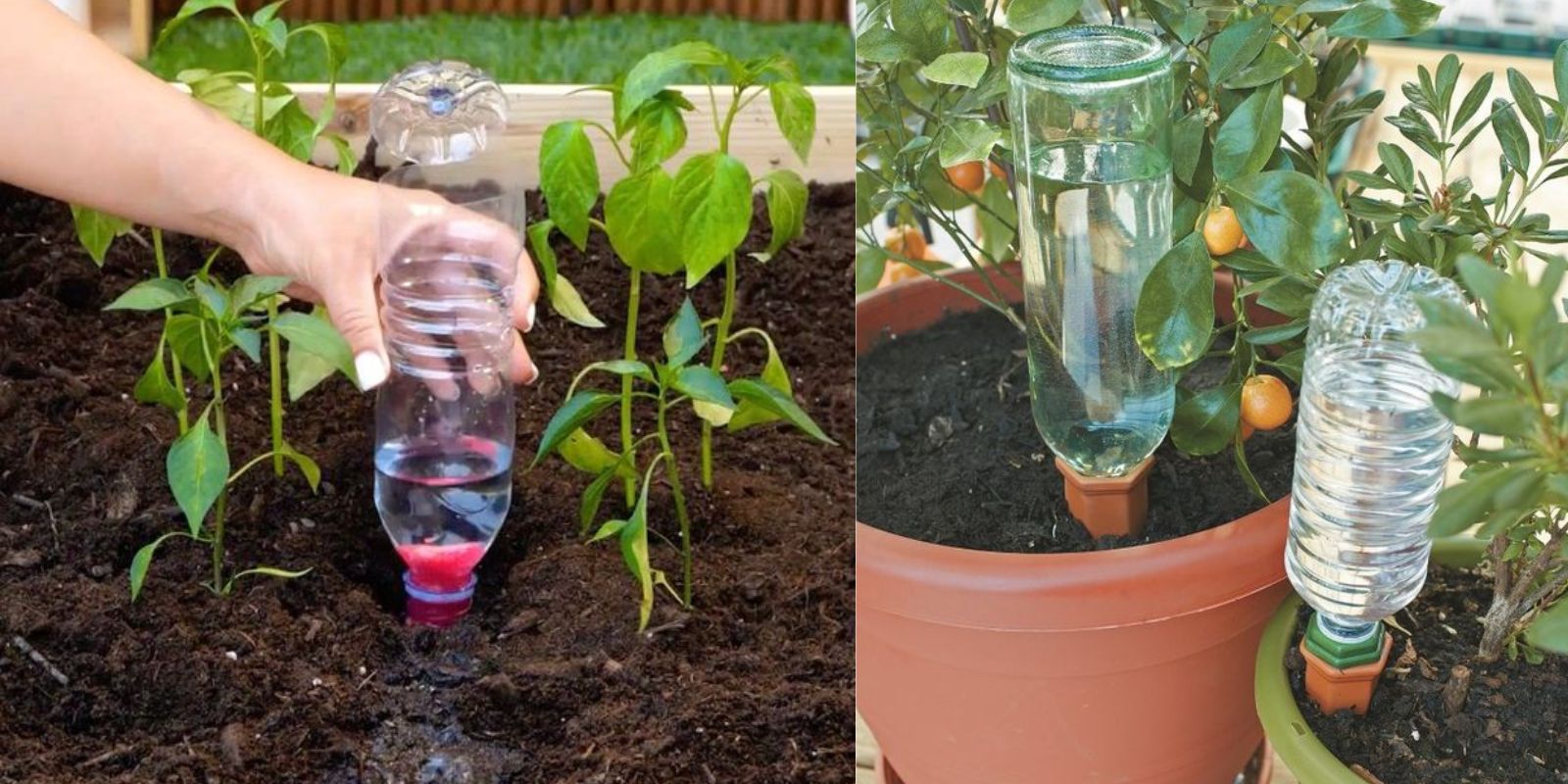Introduction
Watering your garden efficiently is crucial for plant health and growth. Traditional methods, like hand-watering or sprinklers, can be time-consuming and sometimes wasteful. A drip irrigation system provides a targeted, efficient way to deliver water directly to the root zone of your plants, conserving water and ensuring consistent moisture. The best part? You can create a simple, effective drip irrigation system using inexpensive materials you likely already have at home. This article will guide you through setting up your own drip irrigation system step-by-step, demonstrating how easy and cost-effective it can be to keep your garden thriving.
Materials Needed
Before starting, gather the following materials:
- Plastic Container or Bottle: Acts as the water reservoir. A large container or an old bucket works well.
- Tubing: Flexible hose or plastic tubing that will carry water from the container to the plants.
- Drip Emitters: These can be purchased or homemade. They control the water flow rate. Alternatively, you can use small holes in the tubing.
- Drill or Punch Tool: For making holes in the container lid.
- Adhesive: Optional, for securing tubing if needed.
- Scissors or Cutter: For cutting the tubing to the desired length.
Step-by-Step Guide
- Prepare the Container
- Choose Your Container: Select a plastic container or bottle that will hold enough water for your garden. A larger container will reduce the frequency of refilling.
- Drill Holes: Use a drill or punch tool to make small holes in the lid of the container. The size of the holes should match the diameter of the tubing. If using a bottle, you can make holes in the cap.
- Attach the Tubing
- Insert Tubing: Push one end of the tubing into each hole in the container lid. Ensure a snug fit to prevent leaks. If necessary, use adhesive to seal the tubing in place.
- Cut to Length: Cut the tubing to the appropriate length to reach all the plants you want to water. Be sure the tubing is long enough to accommodate your garden layout.
- Install Drip Emitters
- Attach Emitters: If you have drip emitters, attach them to the ends of the tubing. These emitters control the rate at which water is released.
- Create Emitters: If you don’t have drip emitters, you can create your own by making small holes in the tubing. The size of the holes will determine the flow rate, so you may need to experiment to find the right size for your plants.
- Set Up the System
- Position the Container: Place the container at a higher elevation than your garden. This elevation allows gravity to help water flow through the tubing to your plants.
- Arrange Tubing: Lay out the tubing so that it reaches the base of each plant. Ensure that the water can flow evenly to all plants.
- Test and Adjust
- Fill and Test: Fill the container with water and check the system. Observe how the water flows through the tubing and ensure each plant receives adequate moisture.
- Adjust Flow Rate: If the water flow is too slow or too fast, adjust the size of the holes in the tubing or the drip emitters. Ensure that the system delivers just the right amount of water to each plant.
- Monitor and Maintain
- Check Regularly: Regularly inspect the system for any clogs or leaks. Clean the emitters or tubing if you notice reduced water flow.
- Refill Container: Keep an eye on the water level in the container and refill as needed. During dry spells, you may need to refill more frequently.
- Seasonal Maintenance: At the end of the growing season, clean and store the system to prevent algae growth or damage.
Benefits of a Drip Irrigation System
- Water Efficiency: Delivers water directly to the roots, reducing evaporation and runoff.
- Time-Saving: Once set up, it requires less frequent manual watering.
- Consistent Moisture: Provides steady moisture, which is crucial for healthy plant growth.
- Reduced Weeds: Watering directly at the base of plants helps reduce weed growth in the garden bed.
Motivation
Creating your own drip irrigation system is an excellent way to enhance your gardening experience. It saves time, conserves water, and helps your plants thrive with minimal effort. By following these simple steps, you can build an efficient irrigation system on a budget, leading to a lush, well-watered garden. Don’t hesitate to share your success with others and inspire fellow gardeners to try their hand at this easy and cost-effective solution. Happy gardening! 🌱💧
Feel free to reach out with any questions or share your own tips and experiences with drip irrigation. Your garden—and your fellow gardeners—will thank you!

